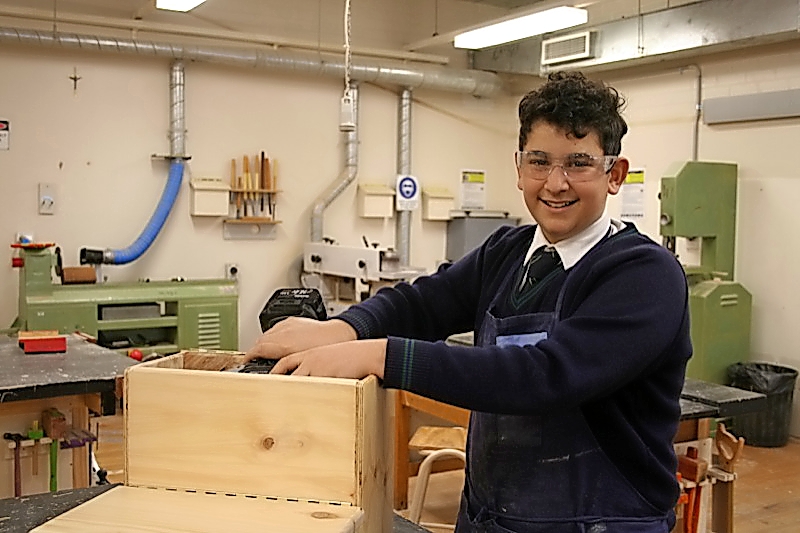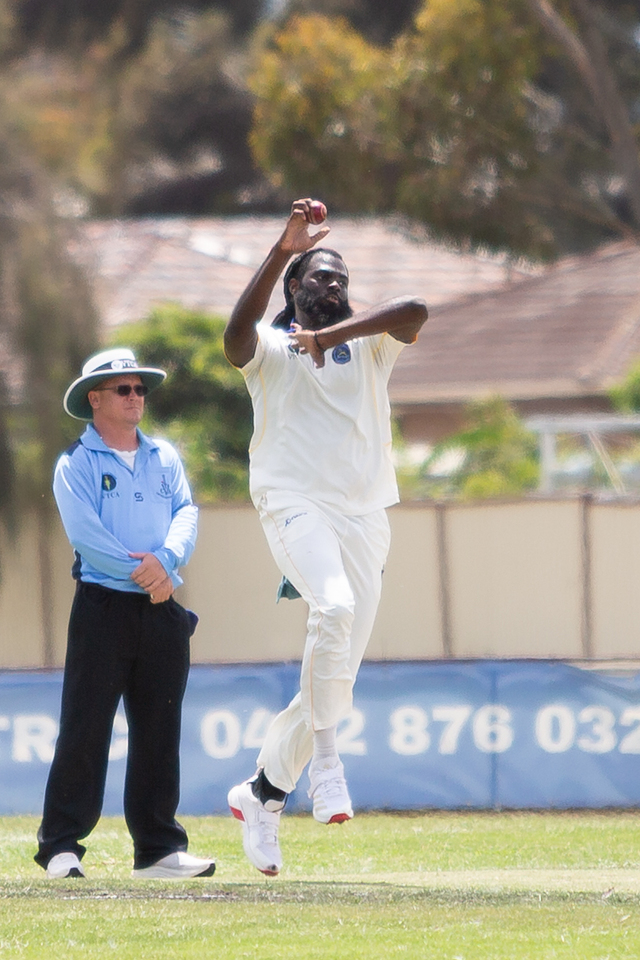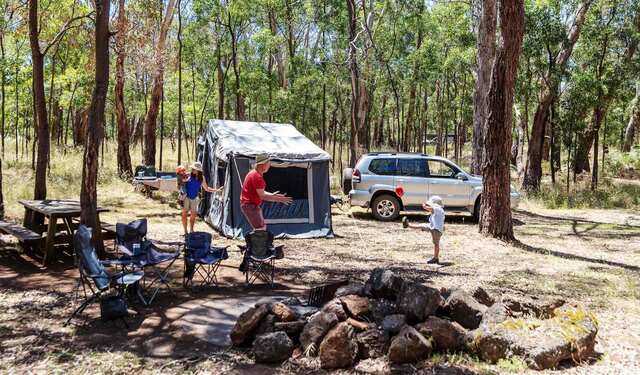Parade College’s budding engineers, industrial designers and technologists are discovering a new world of opportunities at the school’s newly renovated and updated technology learning centre.
The revamped Monagle Technology Centre aims to advance technical learning for Parade students interested in design and production, with design rooms connected to production workshops equipped with up-to-the-minute tools and equipment.
Parade College is Melbourne’s largest Catholic boys’ secondary school, with about 1900 students in year 7 to 12 at its Bundoora and Preston campuses. The school has been a pioneer and innovator in technical education since 1980, when it established its first senior-level technology courses.
The updated technology centre at the school’s principal Bundoora campus allows students to get hands-on experience in design and technology subjects at all year levels as part of a new and innovative program designed for secondary students.
Students will be able to use new equipment to design and manufacture products from wood, plastic and metal. They will also discuss and evaluate completed pieces in class presentations.
Parade students can elect to study technology at each year level, with about 400 students currently studying technology. Their subject choices range from materials, design and production to electronics, robotics, VCE product design and technology and VCE systems engineering.
The school also opened a trades training centre in 2010 to deliver certificate courses in building, brick-laying, electro-technology and furnishings.
Principal Dr Denis Moore says many students find the hands-on nature of technology subjects fulfilling and the school is keen to offer the most stimulating learning environments for its students.
“At Parade we take very seriously the research into boys’ best ways of learning and try to ensure a great variety of subjects and suitable teaching approaches.”
Technology learning area head Joe Marchio led his teaching team and students in planning the renovations and updates, and doing the work in the past two years. Marchio says the updates stemmed from a team review of challenges in the technology classrooms.
“We saw the need to redevelop the centre, the way we were teaching and the way students were learning,” he says. “Not everybody wants to make a model out of a piece of wood – some boys may want to work in metal or plastic or a combination of materials, and within a class you also have many different levels of skill and learning.”
The solutions were straightforward – expand the focus of technology teaching into a wider range of materials to reflect contemporary production and to open up design and production areas to give students more latitude.
“To allow students to work at their own pace, we opened up design rooms to adjacent production workshops so that students can work through the stages of design and production as they need to, with their teacher able to supervise and guide students in both areas,” Marchio says.
Students helped make new workbenches and senior students have recently been asked to design improved storage and display systems for toolsets.
At the end of last year, the school invested in new equipment to expand production into metals and plastics. Equipment lining the workshops’ walls includes a magna bender for forming metal, a vacuum former for plastics, a spot welder, as well as a furniture-making mortise, horizontal and vertical drills.
Upcoming purchases of a three-dimensional printer and a laser cutter will complete the inventory. Marchio says students get excited when they see the equipment because it means there are no limitations on what they can design and produce.
“Our students come up with a lot of interesting designs – with the new equipment, they’ll be able to build a Formula One car if they want,” he says. “The way boys learn is by doing and they like to be active and continually challenged. They get all of that within the framework of technology. It develops their creativity, their skills and understanding of process and safety.”
Learning briefs have been developed and introduced this year to lead technology classes through research, design, materials study, production, presentation and evaluation. Technology’s importance within the school curriculum has increased dramatically since 1980, when Marchio was appointed as Parade’s first technology teacher.
“We had no equipment and the only available space was a basement where the cadets stored their ammunition,” he says. “I knew of all the equipment we would need that we couldn’t get by without a thicknesser. I found out there was one coming on a ship from Italy but it would cost $8000. So I went and asked for the money but the school had to cancel an order for new teachers’ desks to pay for it.”
Marchio’s creative spirit ensured this wasn’t a financial burden on the school – “we bought the thicknesser and I made the desks.”
Parade College, 1436 Plenty Road, Bundoora and 8 Clifton Grove, Preston. Phone 9468 3300.







